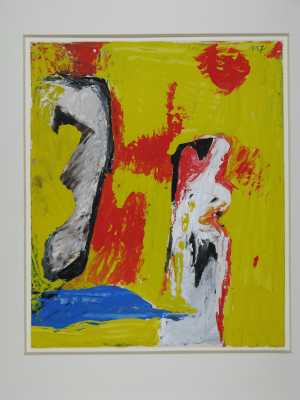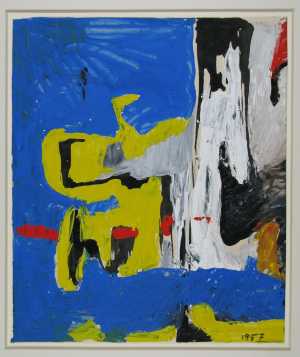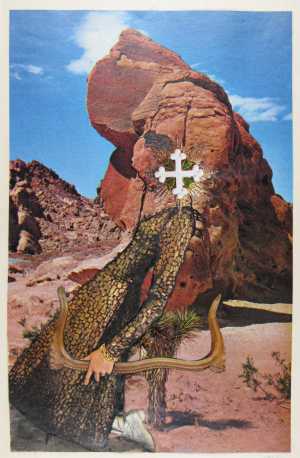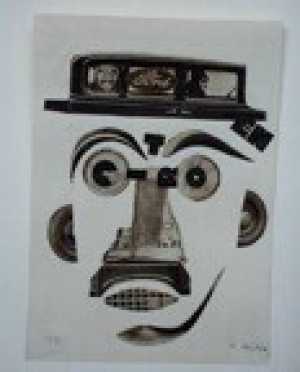In 1934 the Italian artist Fred Carasso (1899-1969), born Frederico Antonio Carasso, settled permanently in the Netherlands, where he made his name above all as a sculptor of monumental works in public spaces, including the statue of Prometheus (1947) for the Olympic Stadium in Amsterdam and the national monument for the merchantman ‘De Boeg’ (1957-65) on the Maas in Rotterdam. But he was also a passionate draughtsman. On occasion the works on paper were made as preparatory studies for sculptures, but more often than not they were works in their own right. Paper gave him the freedom to experiment with form and style, and at the same time offered him a safe haven from which to launch unfiltered criticism of politics and society.
Fred Carasso turned against religious and secular authorities at an early age. He joined the Communist Party and drew for the Italian newspaper l’Ordine Nuovo. Most of his work satirized hypocrisy and inequality in society.
The rise of Fascism forced Carasso to leave his native country in 1922. He remained politically involved during the wanderings through France, Belgium and Luxembourg that followed. In his drawings he focused on such things as the fate of prisoners and other oppressed people. At the end of the 1920s, when he was expelled from France on account of his political involvement, he appeared to be depicting his own fear and despondency when he drew a man being pushed up against a high stone wall. To safeguard his freedom he signed the usually caricature-like political drawings he did in Belgium in the 1930s with the pseudonym Fred Deltor.
The critical tone of his work meant that by 1934 Carasso was no longer welcome in Belgium either. He was granted a residence permit in the Netherlands, but only on condition that he stopped airing his political opinions. Of necessity his work took on a different character, expressing personal feelings of fear, longing and desire. During the Second World War Carasso refused to join the German occupying forces’ Kultuurkamer and as a result it became impossible for him to exhibit his work. It was only after the Second World War that he was free to express himself again.

Fred Carasso
Carignano 1899 - Amsterdam 1969


















